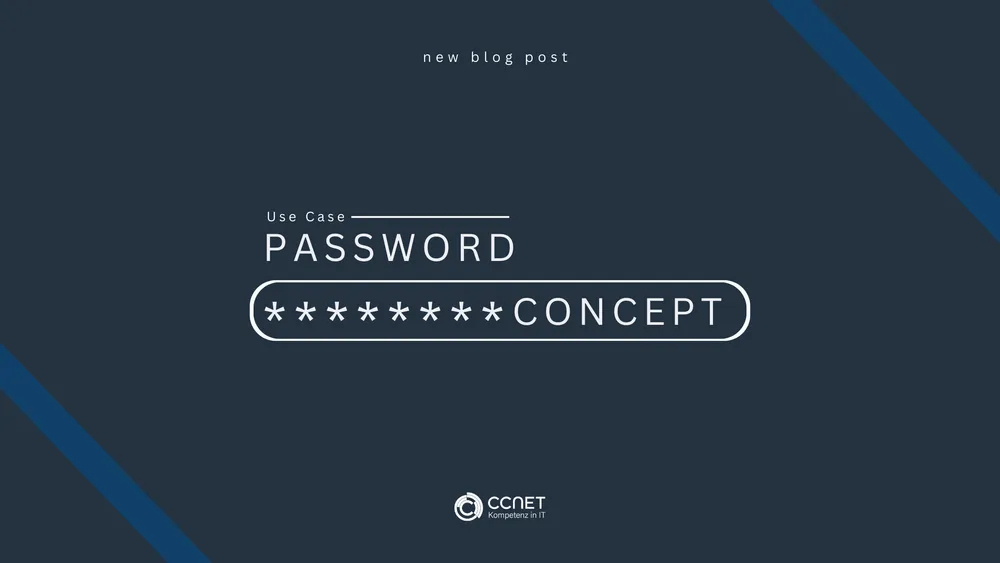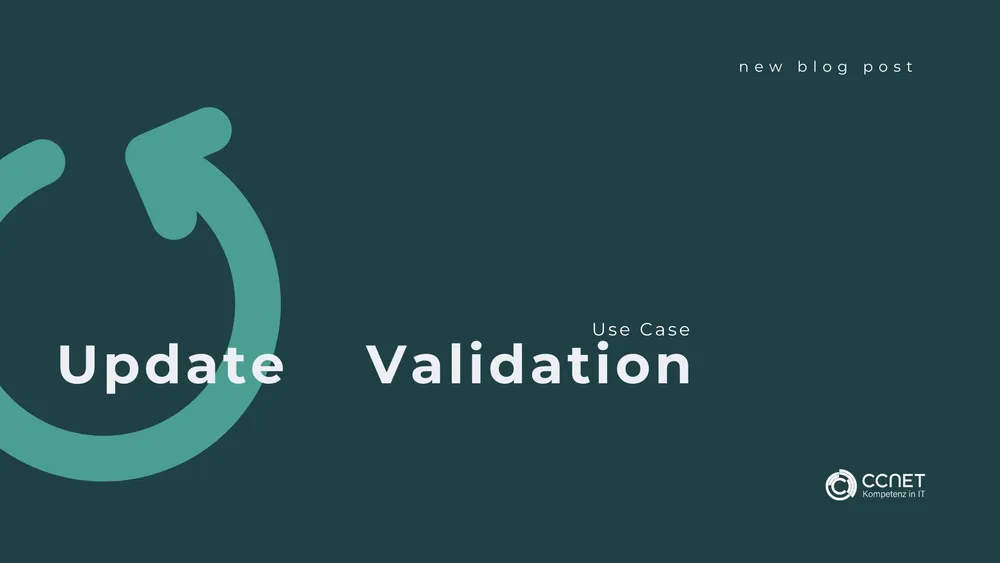
CCNet
Mar 18, 2025 • 3 min read

Use Case: IT Managed Services - Server restart
Context:
A customer has decided to implement IT Managed Services to enhance the security and efficiency of their server infrastructure. Due to security policies such as NIS2, regular maintenance is urgently required to close potential security gaps and optimize performance. Without a structured maintenance strategy, the servers could be vulnerable to attacks and outages.
Problem Statement:
While the customer has been using IT Managed Services for system updates, they have not implemented specific services for server reboots. As a result, some of their servers are not up-to-date with patches, posing security risks and potential attacks, especially for servers with direct internet connections like the mail server. There is a need to act proactively to ensure the security, performance, and reliability of the server infrastructure. Since applying patches requires reboots that cannot be performed during the company's operational hours, it is crucial to implement IT Managed Services for server reboots.
Solution Approach:
Conducting regular server reboots for controlled maintenance and activation of patches.
Step 1: Needs Analysis and Planning
- The first step involves conducting a thorough needs analysis to understand the customer's specific requirements and goals regarding server reboots. This includes identifying existing vulnerabilities and security risks and assessing the current IT infrastructure.
- Based on these insights, a detailed plan for the implementation of IT Managed Services for server reboots is developed. This plan also specifies a particular day and time for the reboots, agreed upon in consultation with the customer.
Step 2: Selection of an Appropriate Process
- Once the requirements are defined, it is important to implement a compliant process that includes regular server reboots.
- An automated inventory of the IT infrastructure is used to quickly capture all servers in the network. Comprehensive and ISO-compliant reporting capabilities allow the analysis to be completed within a few days, identifying and addressing potential gaps as early as possible. This increases efficiency in the analysis and provides the foundation for further implementation.
Step 3: Implementation and Testing
- Regular software and security updates are carried out for all of the customer's servers to ensure they are always up-to-date and potential security gaps are closed.
- Before each rollout process, the updates are carefully tested to ensure they function smoothly and do not negatively impact the customer's business processes.
- An IT Managed Service Agent is implemented to continuously monitor the servers and identify due patches. This agent plays a crucial role in ensuring system security by detecting potential vulnerabilities and notifying the IT Managed Services team about pending patches.
Step 4: Monitoring and Continuous Improvement
- After implementation, the servers are continuously monitored, and the maintenance process is repeated monthly.
- In addition to the monthly automated reports providing a detailed overview of the server infrastructure status, performed maintenance activities, detected security risks, and recommendations for future actions, the customer is given access to a live dashboard with multi-factor authentication. This allows a historical view of the infrastructure's performance and significantly simplifies daily IT dynamics.
- These regular reports and dashboard access enable the customer to stay informed about the status of their servers transparently and proactively and to take further steps to improve security and performance if necessary.
Achieved Benefits:
The implementation of IT Managed Services for server reboots brought significant benefits in the following areas:
- Increased Security: Regular maintenance closes potential security gaps and reduces the risk of data loss or theft.
- Improved Performance: Updates optimize server performance, leading to smoother operations.
- More Efficient Operations: Minimized downtime improves operational efficiency and productivity.
- Higher Compliance: The maintenance helps meet industry and legal regulations and minimizes liability risks.
This use case demonstrates how the customer, through proactive server maintenance as part of IT Managed Services, created a compliant and secure server infrastructure. By partnering with an IT service provider, the customer ensures the security of their critical data and enhances overall operational security.


